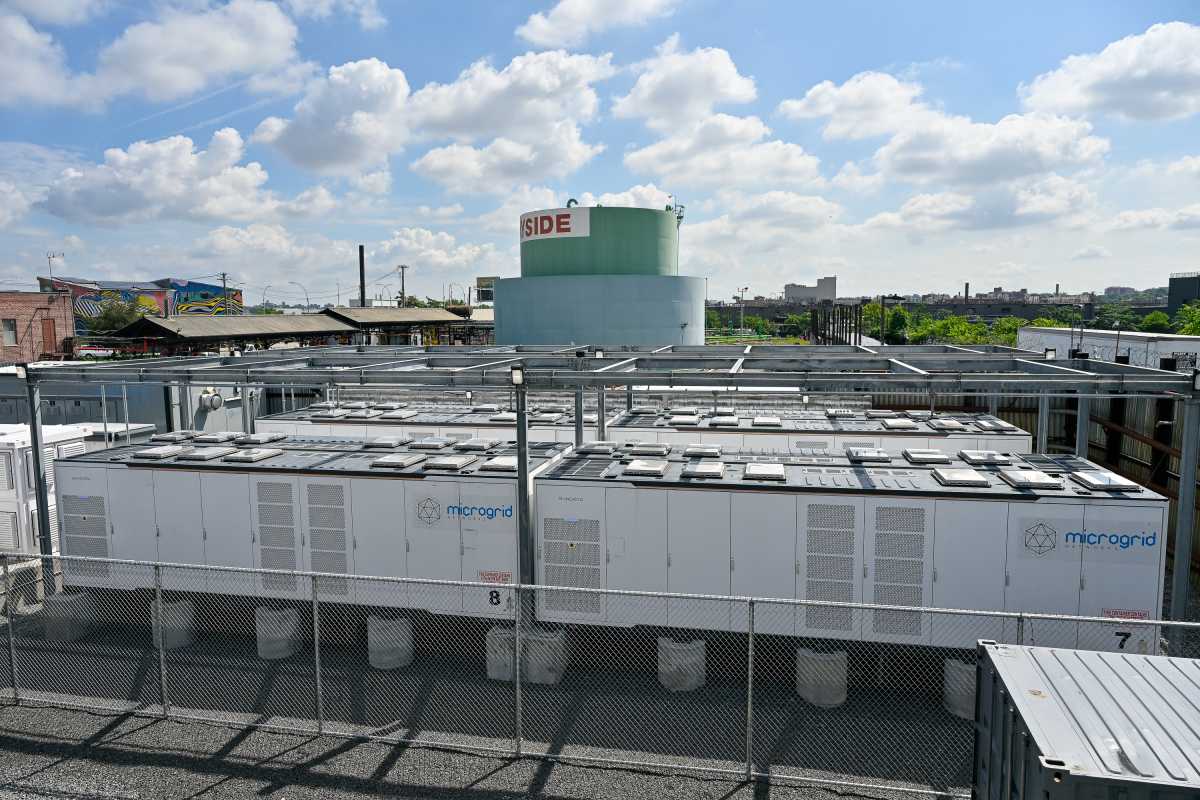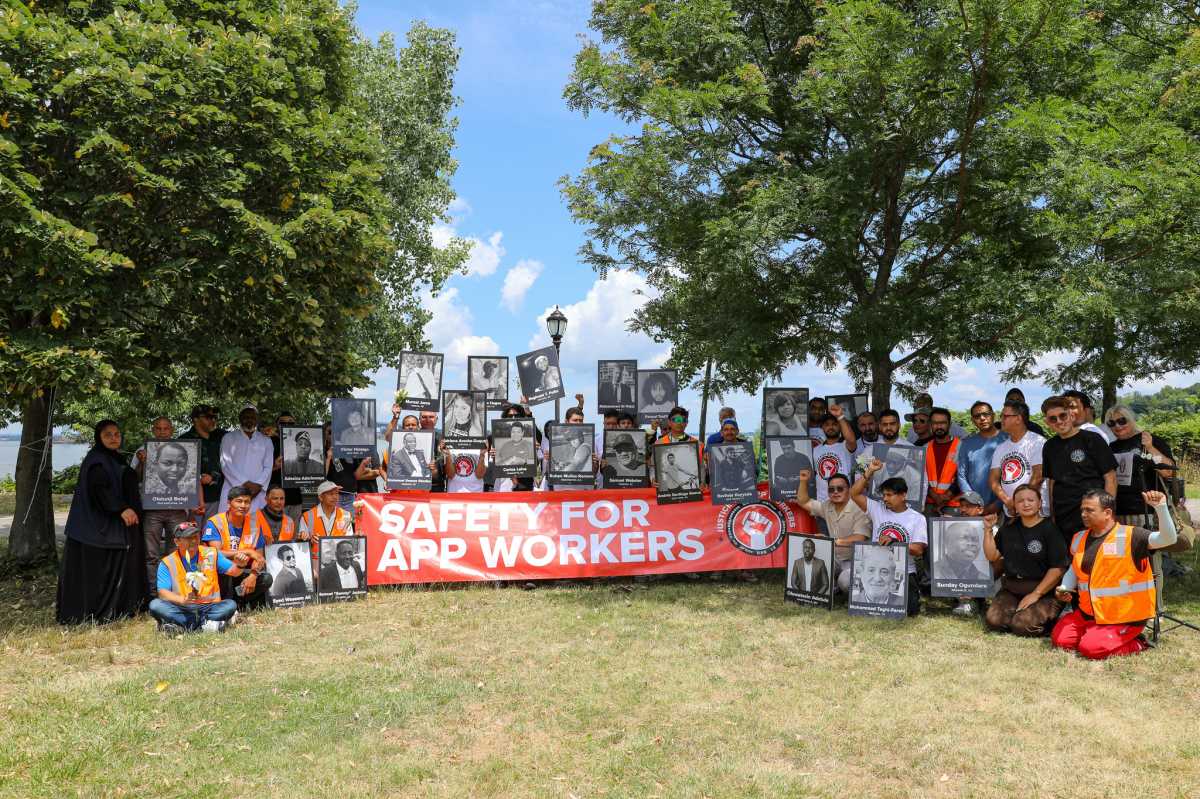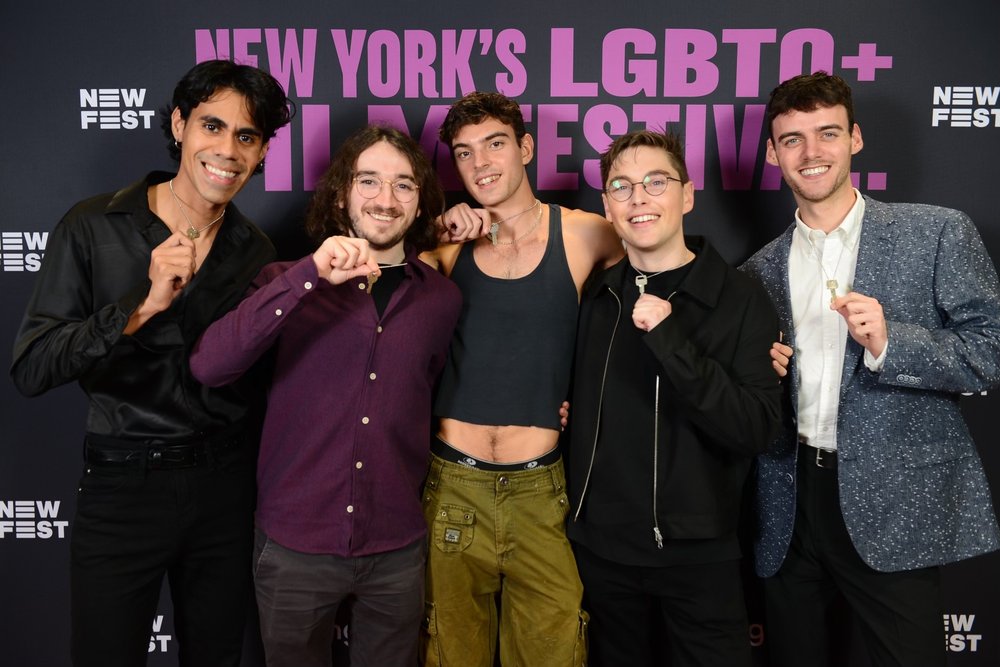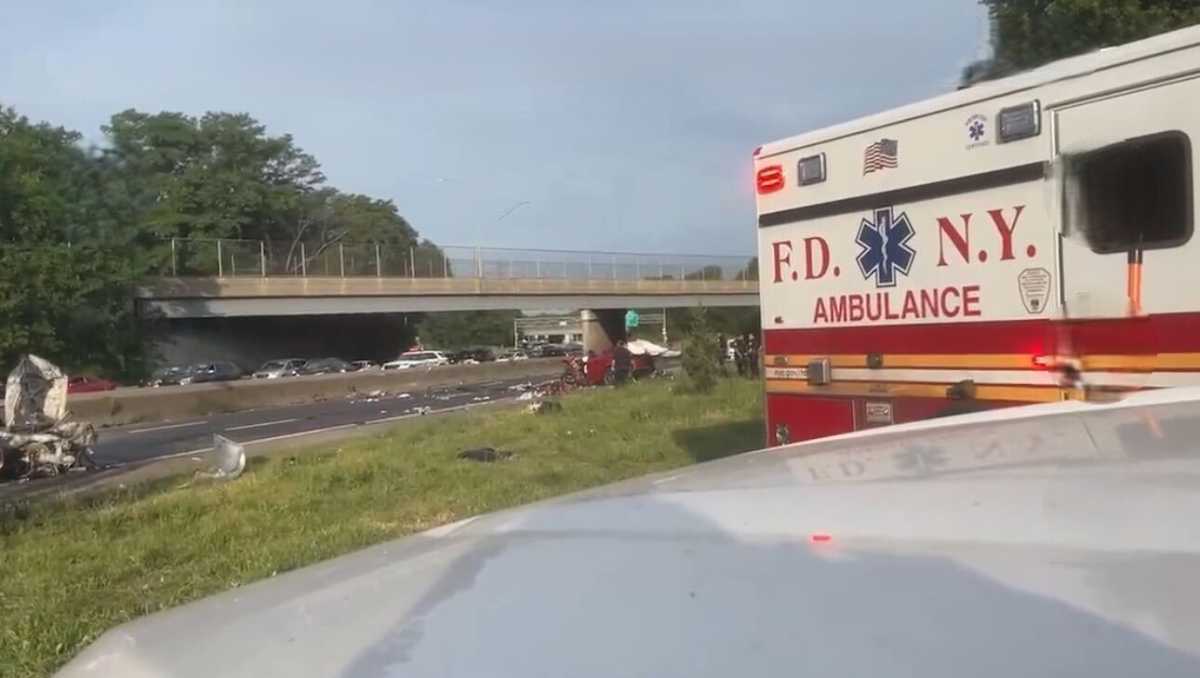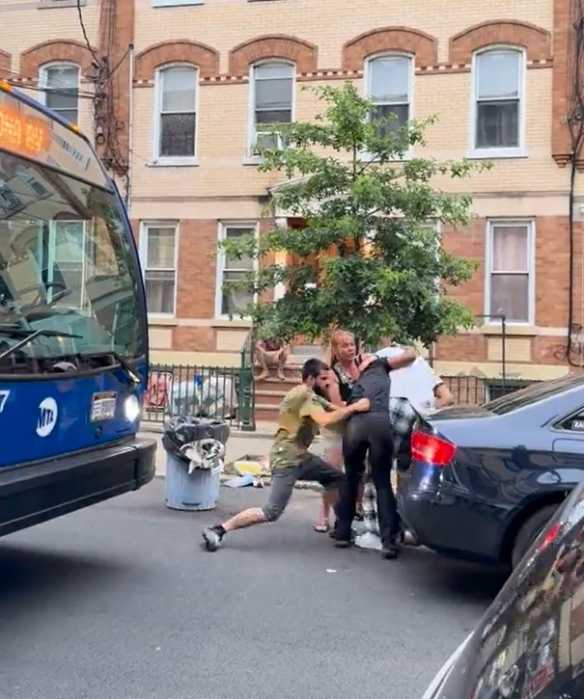
BY YANNIC RACK | On the upper floors of the Battery Park City School in Lower Manhattan, children from all over the city were finishing up their summer projects. In front of large windows with sprawling views of the Hudson, some were making last tweaks on the programming of their LEGO robots, while next door some teens were reading quietly. Across the hall, the filmmaking class had enlisted the theater group to star as extras in their latest short film production.
It was the last week of the “after-school” summer program at the school, also called I.S. 276, which is run by Manhattan Youth, one of the providers that are implementing the mayor’s massive $145 million after-school expansion from this September. Theseus Roche has been with Manhattan Youth since 2001 and is their director of after-school programs.
“This year, what this mayor is doing — nobody has done this before, anywhere, ever,” he said during a recent tour of the school’s classrooms. “Nobody. This is bigger than anything anybody has ever done before….I hope that I get a chance to give him a bear hug.”

Roche has reason to be excited — Manhattan Youth has added six new contracts for middle schools throughout Manhattan, bringing their total to eight. Until now they served both Battery Park City middle schools — I.S. 276 and 289 — as well as six Lower Manhattan elementary schools (it goes to seven this year) that have year-round after-school activities.
An after-school program at Manhattan Youth’s community center also serves all of the schools, “kind of like a hub,” Roche said. On top of that, they run the four-week summer program in Battery Park City for students around the city.
“The way that this program works, is we have five different tracks, in the morning and in the afternoon,” Roche said, explaining that four of them are required under the mayor’s plan. “They want to see literacy, they want to see STEM — which is science, technology, engineering and mathematics — they want to see physical activity, and they want to see leadership development. The fifth is my baby, which is our filmmaking intensive. Oh it’s fantastic, we’re going to have nine films that we show tomorrow night.”
Since Mayor de Blasio took office, most of the school-related media attention has been on the expansion of pre-K, but that has so far had little effect in most of Lower Manhattan, where classes were cut because of lack of space.
Roche said he’s not surprised by the focus on pre-K because “everybody knows that young children …need education. But the sleeper is that, at the middle school age, that’s the first time when kids become autonomous and independent. They can go home by themselves, so parents stop paying for services. But it’s really such a dangerous transitional time when you have to have not only supervision, but engagement.”
The program includes team sports, academic support, a robotics lab and filmmaking class.
Beginning in September, 78,000 middle schoolers will have access to after-school activities in 562 schools all over the city, from 3 p.m. to 6 p.m., five days a week. That’s more than double the current 231, and 85% of the city’s middle schools. The after-school programs are provided by 108 different organizations overall, which make up the city’s rebranded after-school umbrella initiative, School’s Out New York City.
When asked about his own time in middle school on the Upper West Side, Roche thinks back for a second. “I didn’t have a lot of after-school growing up,” he said. “My brother [who also works at Manhattan Youth] and I, you know, there was a lot of hanging out. And I think middle school was a hard time, I remember it being a hard time. And I used to say that my one skill, walking into this job, was my memory of middle school and how challenging it was.”
Manhattan Youth’s new after-school programs will be located at the Salk School of Science on E. 20th St., Clinton School for Writers and Artists on W. 33rd St., Quest to Learn in Chelsea, Ella Baker School and East Side Middle School on the Upper East Side, and the Professional Performing Arts School in Hell’s Kitchen. Roche estimates that he’ll get another 1,000 kids at least (he says that they comfortably attract 40% of a school’s population on a single day, with a total signup of up to 70%).
“They’ve given me, I think, a little less than 800 slots, and I’m figuring I’m going to have at least 1,000 that I serve through that expansion. So when you add that to I.S. 289, which we’re already serving, and also our elementary schools, Manhattan Youth is doubling in size.”
The summer program is funded through the same contract at I.S. 289 that’s being extended now, but it will remain Manhattan Youth’s only one for the time being. However, Roche said that, “If I were a gambling man — which I’m not — I would bet on a lot of these other programs, in the next year or two, having summer components as well.”
At the end of July, Roche was still busy trying to find the last of seven new after-school directors that he is hiring and will be coordinating come September. They will be based at their respective schools as well as Manhattan Youth, and will start by folding the existing after-school offerings into the new programs.
Towards the end of the tour around the building, Roche confided that his own daughter is starting middle school this fall too, another reason why this topic has been dominating his life.
“I’ve been working in middle schools for over a dozen years, and now my daughter is going into middle school. She’s actually going to one of these [six new schools]. She’s going to the one that I haven’t hired the director for yet. I’m very picky about that one, I’m not sure why,” he said, laughing.







